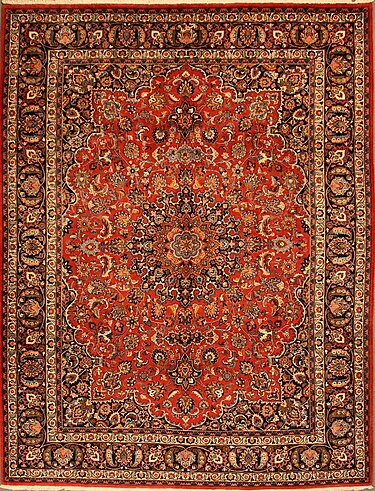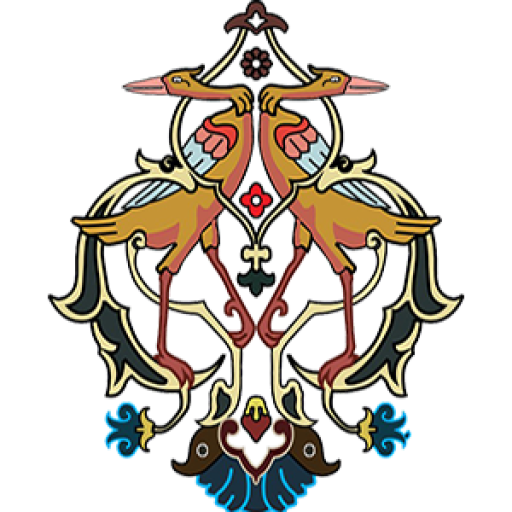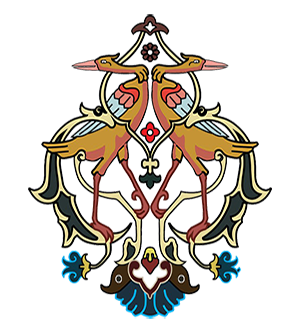Kurdistan
Kurdistan, with thousands of years of weaving tradition, has been a major center of textile art. Archaeological findings dating back 12,000 years highlight its deep roots in weaving. Village and tribal rugs feature geometric, boteh, and Herati patterns with rich colors, while urban carpets like Senneh (fine and detailed) and Bijar (the “iron rugs of Persia”) are highly valued. Nomadic tribes such as the Afshar weave rugs and kilims with hand-spun wool and natural dyes. Motifs like dragons, the Shahmaran snake, and flowers reflect mythology and nature. Kurdish weaving, rooted in the Median and Achaemenid eras and influenced by Safavid and Qajar styles, has preserved its folk-art essence. These carpets serve not only as household items but also as cultural and economic treasures.























